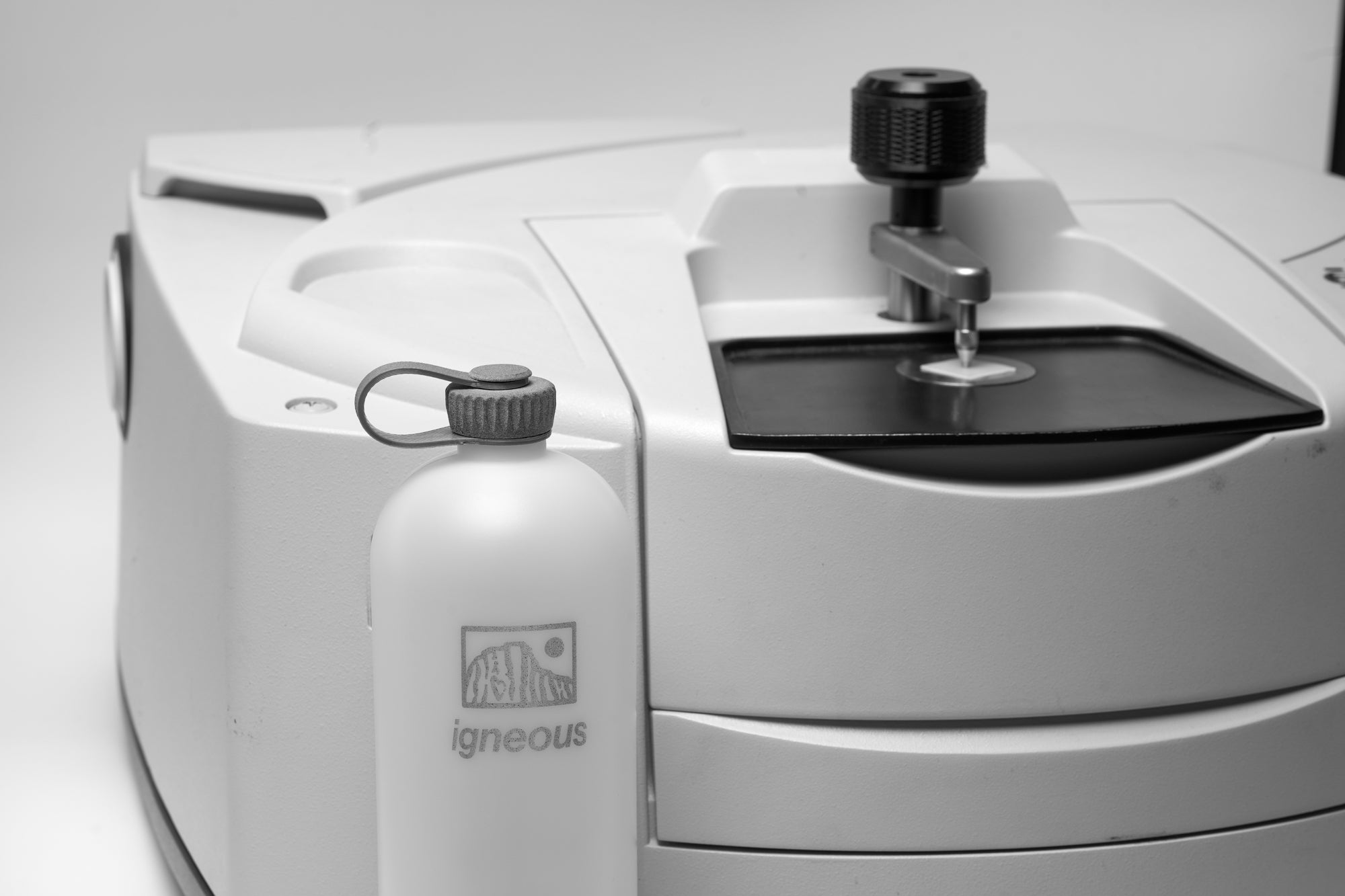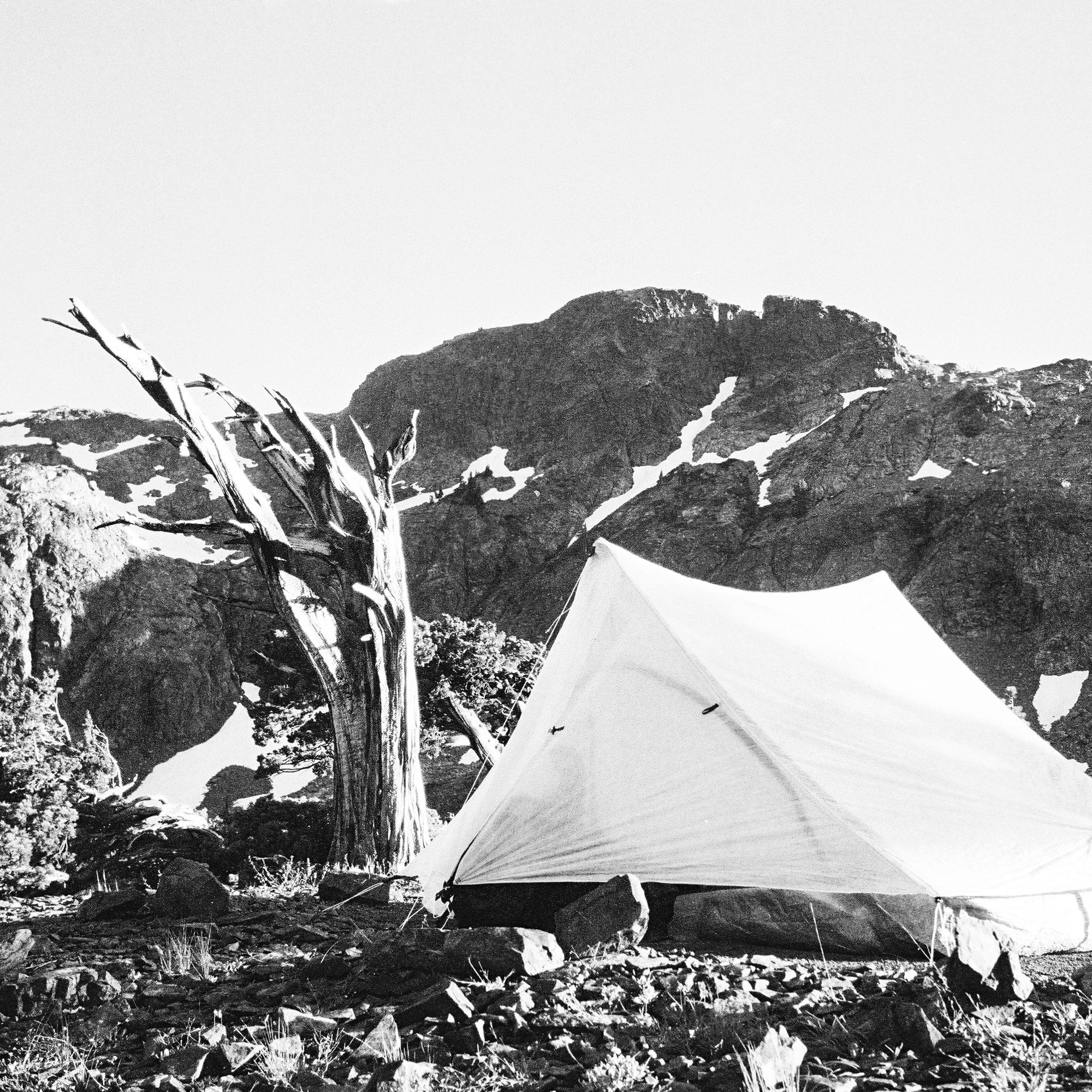Inflatable gear like sleeping pads and water bladders is a thru-hiker's best friend—until it springs a leak. On long trails like the Pacific Crest Trail or the Appalachian Trail, a punctured pad or leaky bladder can turn a restful night into a nightmare or leave you dehydrated miles from the next water source. But with the right care, you can keep your gear in top shape and avoid trailside disasters.
In this guide, we’ll walk you through everything you need to know to maintain your inflatable gear: from preventing damage and detecting leaks to repairing punctures with ultralight solutions like the Igneous Gear Airlock Patch. We’ll also cover budget-friendly alternatives and share tips for keeping your gear in peak condition, mile after mile.
Whether you’re a gram-counting thru-hiker or a weekend warrior, this post will help you stay prepared and keep your gear alive on the longest trails.
Preventive Measures: Stop Damage Before It Starts
The best way to deal with a puncture is to avoid it altogether. Here are some tried-and-true tips for protecting your inflatable gear:
- Choose Quality Gear: Invest in high-quality products from reputable manufacturers. Look for gear made with durable materials like TPU (thermoplastic polyurethane), which is both lightweight and puncture-resistant.
- Handle with Care: Be gentle when packing and unpacking your gear. Avoid dragging it across rough surfaces or tossing it onto sharp rocks. A little extra caution goes a long way.
- Protect from Sharp Objects: Use a stuff sack or protective cover to shield your gear from thorns, rocks, and other hazards. For sleeping pads, consider using a groundsheet or tent footprint for an extra layer of protection.
- Store Properly: When not in use, store your gear in a cool, dry place away from direct sunlight. For sleeping pads, avoid folding or compressing them tightly, as this can create creases that weaken the material over time. Water bladders should be stored empty or with minimal water to maintain their shape.
- Clean Regularly: Dirt, sweat, and bacteria can degrade materials over time. Clean your gear after each trip with mild soap and water, and make sure it’s completely dry before storing.
By following these steps, you can reduce the risk of punctures by up to 30%, according to experienced hikers. It’s a small investment of time that pays off in gear longevity.
Detecting Leaks: Find the Problem Fast
Even with the best prevention, leaks can happen. The key is to detect them early before they become a bigger issue. Here’s how to spot a leak in your inflatable gear:
For Sleeping Pads:
- Inflate and Wait: Fully inflate your pad and leave it for 6-8 hours. If it deflates noticeably, there’s a leak.
- Soapy Water Test: Mix water with a little dish soap and rub it over the pad’s surface. Bubbles will form where air is escaping, pinpointing the leak.
- Listen for Hissing: In a quiet environment, inflate the pad and listen closely for the sound of air escaping.
For Water Bladders:
- Fill and Inspect: Fill the bladder with water and look for drips or damp spots. Squeeze it gently to see if water escapes.
- Soapy Water Test: Like with sleeping pads, apply soapy water to the bladder and look for bubbles.
- Light Test: Hold the bladder up to a light source. If you see light passing through a hole, you’ve found your leak.
These methods are simple but effective—hikers report that the soapy water test works 90% of the time for small leaks. Catching a leak early can save you from a sleepless night or a dehydrated day on the trail.
Repair Techniques: Fix It Right, Fix It Light
When a leak strikes, you need a repair solution that’s quick, reliable, and—ideally—ultralight. Here’s a look at the best options, from premium patches to budget-friendly fixes.
Premium Option: Igneous Gear Airlock Patch
The Airlock Patch is a transparent TPU patch designed specifically for inflatable gear like sleeping pads and water bladders. At just 0.39 grams per patch, it’s a thru-hiker’s dream—lightweight, durable, and nearly invisible once applied.
Why It’s Great:
- Material Match: Made from TPU, it bonds seamlessly with most modern inflatables, creating a strong, flexible seal.
- Easy to Use: Clean the area, apply the patch, and wait 4 hours for the adhesive to fully bond. No mess, no fuss.
- Ultralight: At 0.39g per patch, it won’t tip the scales, even on a 2,000-mile trek.
Best For: Hikers who want a long-lasting, professional-grade repair that blends in and holds up under pressure.
Affordable Alternatives
Not everyone needs a premium patch, and there are plenty of budget-friendly options that can get the job done in a pinch.
- Manufacturers’ Patch Kits: Many sleeping pads and water bladders come with small patch kits included. These are tailored to your gear and usually free, but they might be heavier or less versatile than the Airlock Patch.
- Generic Patch Kits: Available at most outdoor retailers, these kits are affordable (around $5-10) and work for a variety of inflatables. However, they often use heavier materials and less reliable adhesives.
- Silicone Sealants (e.g., SeamGrip): Great for small punctures, silicone sealants are cheap and easy to find. They take longer to dry (12-24 hours) and can be messy, but they’re a solid temporary fix.
- Tape (Duct or Electrical): The classic trail hack, tape can work for quick repairs, but it’s not durable and tends to peel off in wet conditions. Plus, a roll of tape adds unnecessary weight to your pack.
Here’s how they compare to the Airlock Patch:
| Method | Weight | Durability | Ease of Use | Cost |
|---|---|---|---|---|
| Airlock Patch | 0.39g/patch | High | Easy (4hr wait) | Premium |
| Manufacturers’ Kits | Varies (5-10g) | Moderate | Easy | Low to Moderate |
| Generic Patch Kits | Varies (10-20g) | Moderate | Easy | Affordable |
| Silicone Sealants | 10-20g | Low | Moderate | Affordable |
| Tape | Heavy (50g+) | Low | Easy | Affordable |
While the Airlock Patch offers the best combination of weight and durability, budget options like manufacturers’ kits or sealants can work for shorter trips or hikers who don’t mind a little extra weight. Just be prepared for potential re-repairs down the line.
Maintenance Tips: Keep Your Gear in Top Shape
Once you’ve repaired your gear, proper maintenance will help it last even longer. Here are some essential tips:
- Clean Regularly: After each trip, clean your gear with mild soap and water to remove dirt, sweat, and bacteria. Make sure it’s completely dry before storing to prevent mold and mildew.
- Store Properly: Keep your gear in a cool, dry place away from direct sunlight and extreme temperatures (above 120°F can damage TPU). For sleeping pads, store them unrolled or loosely rolled to avoid creases.
- Avoid Over-Inflation: Inflate your gear to the recommended pressure (usually 1-2 PSI for sleeping pads) to prevent stress on seams and materials.
- Repair Small Issues Early: Don’t let a tiny puncture turn into a big problem. Fix it as soon as you spot it, and keep a few patches or sealant in your repair kit just in case.
- Replace When Necessary: If your gear is showing significant wear or is beyond repair, it’s time to invest in a new piece. A reliable sleeping pad or water bladder is worth the cost for a comfortable, hydrated hike.
Following these tips can extend your gear’s life by 20-30%, according to seasoned hikers. It’s a small effort that pays off in comfort and reliability.
Conclusion: Stay Prepared, Stay Light
Inflatable gear is a thru-hiker’s lifeline, but it requires care to keep it functional over thousands of miles. By taking preventive measures, detecting leaks early, and using the right repair techniques, you can avoid trailside disasters and keep your gear in top shape.
The Igneous Gear Airlock Patch offers a premium, ultralight solution for TPU-based gear, perfect for hikers who demand the best. But if you’re on a budget, options like manufacturers’ kits, generic patches, or even silicone sealants can get you through—though they might not last as long or be as seamless.
Ultimately, the best repair is the one you have with you. Whether you choose a premium patch or a roll of tape, the key is to be prepared. With the right tools and a little know-how, you can keep your inflatable gear alive and your hike on track. Happy trails!



